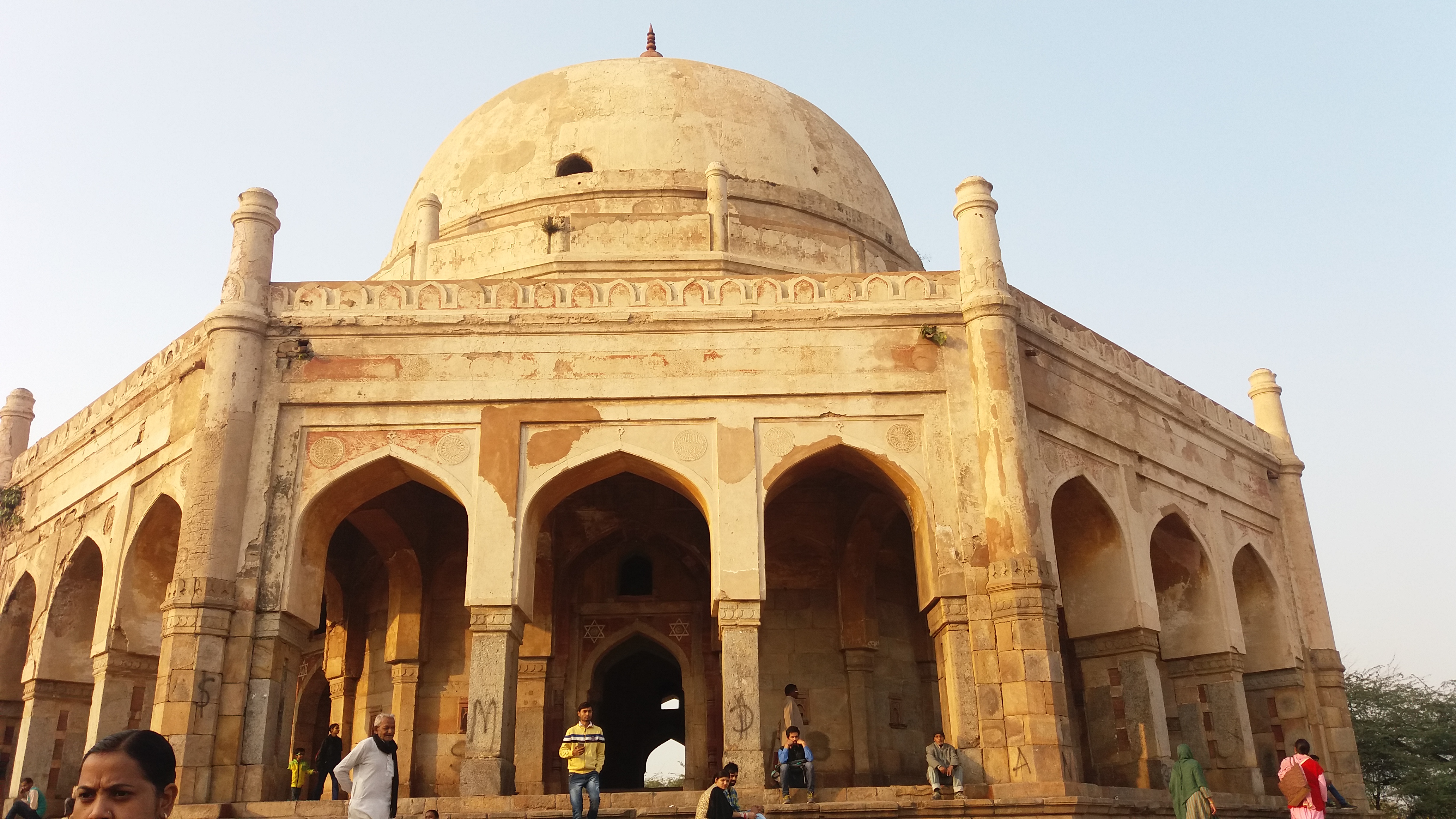Historically Rich Mehrauli In Delhi Struggles With Neglect

NEW DELHI: A place of rich history, having been the capital city under Qutubuddin Aibak, place of his rule, home to several monuments and the birthplace of innumerable legends, now exists in a state of clutter and dishevel. People live in the cramped and small spaces in the slums that constitute the area, have seen their homes and markets demolished several times and must live with a severe water shortage that has provoked many fights among the residents of the area.
The city came into prominence when Prithviraj Chauhan was defeated by a slave commander Qutubuddin Aibak, who brought an end to the Hindu dynasty. This was the beginning of Delhi Sultanate and for next 600 years Islamic dynasties prevailed. The seat of the rule of invaders had been Mehrauli, which was the living capital of Hindu predecessors.
Upon entering Mehrauli and passing the Archaeological Park, we get to the protected, but ill-maintained, Gadhak ki Baoli surrounded by little shops and tea stalls, one of the three baolis in the area, which if revived can help diminish the miserable severity of the water crisis of Mehrauli. “Oral history says that the water in the baoli turned red a day before someone was to die in the area”, informs Siddhant Pasricha, a student of Ambedkar University, who has previously helped conduct research in the area of Mehrauli. The surface of the water, however, is entirely green with algae.
In the summers, residents must go from five to seven days without water and upto three days during the rest of the year. Despite the fact that according to 2014 Delhi Government data, the township of Mehrauli was supposed to get one hour of water supply, every alternate day, the reality seems to be quite different. According to Siddhant, “People don’t know when they will get water. So, often, they wake up till late at night in hope that they will get water. Sometimes, this may happen at odd times such as 1 AM.”
Under large boards of various political parties welcoming people to Mehrauli, lies a teeming and bustling marketplace, thronged by many in Mehrauli. In the centre of the market is the famous Adam’s tomb, which is more often known as Bhoolbuliya rather than the tomb of Adam, foster brother to Mughal emperor Akbar. Legend goes that a long time ago, a baraat(wedding party) got lost here, christening it as the bhoolbuliya. Qutub Minar is visible in the distance and the place is heavily populated with visitors. As if often seen, however, monuments are seldom maintained well. Here too, people were seen urinating in the monument area. Symbols of the rich history of Mehrauli have, like many others like them, have become victims of poor conservation and care.
Minimal maintenance, has, in addition to the monuments in the area, also made the drainage system of Mehrauli its victim. While assisting in academic research in the area, Siddhant was told that the open drainage tunnels had been the cause of a child’s death, him having fallen in and swept away by the strong current.
Next we were led to the Hauz-i-Shamsi, the reservoir built by Iltutmish of the Slave Dynasty. As legend goes, Iltutmish once went to meet Qutubuddin who was in a disheveled condition. Upon asking, the emperor complained about the lack of a bathing space. So, Iltutmish ordered the baoli to be built in record time. The Shamsi Talab which used to be an important water source, used by residents for bathing and washing their clothes, is now covered with filth and not fit for use. Years of careless residents throwing their filth in the lake and polluting the water body has left it unusable and in a miserable condition.
The sparse water supply in the area necessitates the distribution of water by tankers. Since the area constitutes mostly of lanes too narrow and crowded for tankers to make their way into, people have to walk a considerable distance to obtain a chance to reach the tanker in hopes of acquiring water for use. Since the demand of the heavily populated area is high and the amount that a tanker can bring them every few days, too low, it is not uncommon for fights to break out among residents in the area around their only source of water for days, the tanker.
Water shortage and cramped spaces form part of the everyday strife of those who live in Mehrauli. The welcoming boards by the various political parties of the area neglect to mention these. With residents facing manifold problems and Delhi gradually neglecting its rich history by ill-maintenance of its monuments that were once a token of the dominance of the sultanates, this historical part of Delhi stands to lose out on much.



